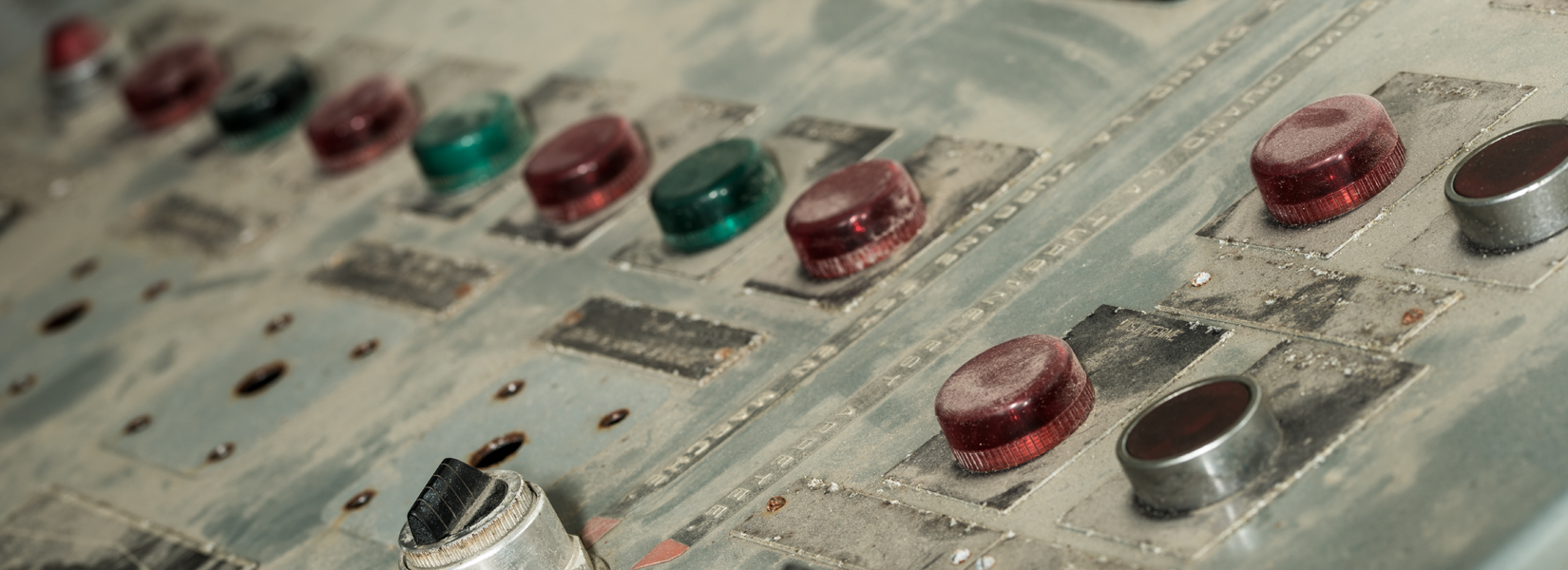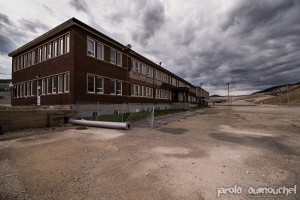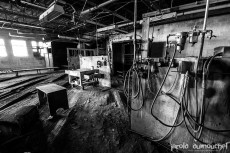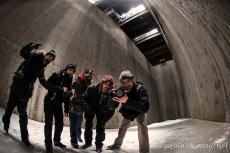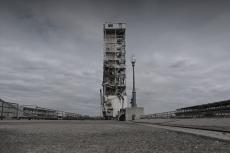Cynically, we could almost say that the factory is as large as the village in which it is located. You should know that we are far away in the countryside, it that kind of place where everybody know each other by his first name. At first glance,...
The abandoned foundry
Urbex in the hinterland
It takes a lot of motivation to get to this old mine and foundry abandoned since 2002. For it must be admitted that we are rather far from everything in this distant municipality of 650 inhabitants. Moreover, if this village exists, it is above all because of this deposit of copper discovered in 1921 and which led in the 1950s to the commissioning of the factory.
When the mine and the smelter roll at full capacity in the 1970s, there were more than 5,000 people in the city who depended almost exclusively on mining activities.
Then, in 1999, the shock: the open-pit mine close its doors and led to the loss of hundreds of jobs. Three years later, the coup de grace is given with the closing of the foundry. 300 employees lose their jobs and from then on, it is the disorganization. The city empties fastly, leaving behind those who can not leave. The value of houses fall and a referendum is organized in order to close the city. Despite a 65% proportion in favor of the closure and compensation of its citizens, the provincial government refuses to close the city. The municipality then undertakes its (timid) recovery plan based on tourism and wind energy.
Today, several houses are abandoned and the value of those on the sale market are sold for a morsel of bread: $ 40,000 for a well-maintained house built in 1958 with three bedrooms, two bathrooms, a garage and a small land of 5,500 square feet (511 sqm). You can even find a cheaper one at $ 13,000 by digging a bit.
Although the soils of the former mine have been decontaminated at a cost of $ 116 million, there has not been much action overthere since 2002. While some hangars are now used as temporary recycling sites, the rest of the site is left to itself.
A real scar in the landscape, the mine and its mounds of tailings looks like Mars whereas almost nothing grows on these artificial mountains of a hundred meters high.
Related content
Abandoned since December 1993, the former incinerator des Carrières, known as the incinerator # 3 is now partly used as a warehouse by the City of Montreal. It is also one of the few places where there have power in a portion of the building....
Built in 1921 on the left bank of the Deule in Marquette-Lez-Lille (north of the France), the majestic Grands Moulins de Paris's mill is a huge structure adrift waiting for a renaissance that is pending since few decades.
The history of...
So you might think the old Conveyor dock's tower straight out of the fourteenth century, but you're wrong. The pier on which it is located was built in 1956-1957 and was one of the last marine works at the port of Montreal before it does change...


